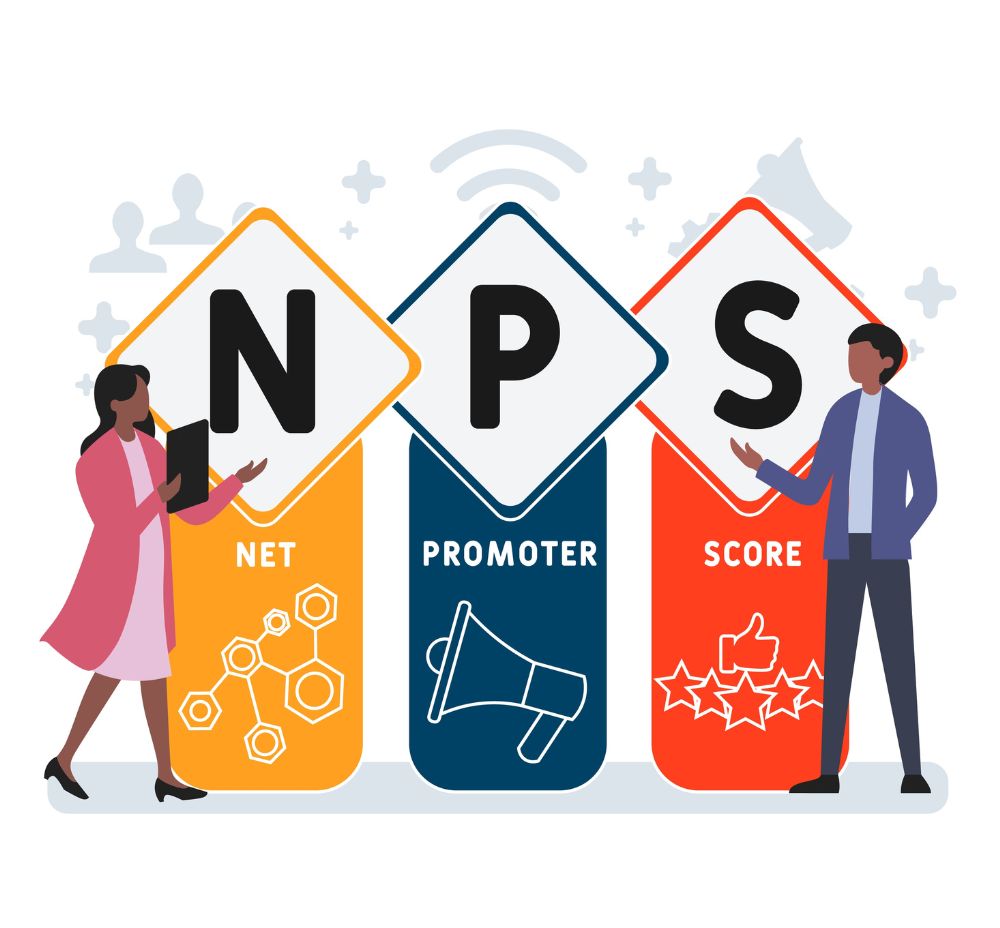Managing complex systems and delivering seamless customer experiences can feel like navigating a maze of disconnected data and tools. Platform as a Service (PaaS) improves siloed systems and workflows by acting as a “single pane of glass.” With PaaS, legacy systems and modern applications integrate neatly into one cohesive platform. In this guide, we discuss how PaaS simplifies process, improves collaboration, and empowers businesses to meet the demands of the digitally disrupted age.
What is Platform as a Service?
PaaS is a cloud computing model for developing, deploying, and managing applications. It is a ready-to-use platform that eliminates the need for businesses to manage infrastructure, such as servers and storage, allowing them to focus entirely on innovation and customer-centric solutions.
Think of PaaS as a well-equipped workshop for your business’s digital transformation. Instead of worrying about building the workshop itself, you’re handed a nice space with all the tools and materials you need to create custom solutions. PaaS provides this cloud-based workshop, simplifying the development and deployment of applications and helping your business be agile and innovative.
How Does PaaS work?
PaaS is an integrated environment where businesses develop and manage applications without worrying about infrastructure. Here’s how it works:
- Development Frameworks: PaaS platforms include pre-built tools and frameworks that simplify coding, cutting the time and expertise needed to create unique problem-solving applications.
- Middleware: PaaS is the connective tissue between various systems. Within a complex tech stack, PaaS organizes communication and data exchange.
- Automation Tools: With PaaS, organizations can streamline workflows by automating routine tasks.
- Scalability: PaaS dynamically adjusts resources based on demand.
With these capabilities, PaaS bridges technology and business needs, allowing teams to collaborate more effectively.
Exploring the Key Benefits of PaaS
PaaS is a catalyst for driving business transformation. By addressing some of the most pressing challenges faced by organizations today, PaaS helps businesses thrive in shifting markets with new technology. Here are four key benefits that make PaaS a notable solution.
- Agility: PaaS speeds prototyping and deployment of new applications, making it easier for businesses to adapt to changing customer needs and market factors. With PaaS, development cycles are shortened, allowing teams to bring innovations to market faster and pivot when necessary. Agility is critical in industries like retail, where customer preferences can shift rapidly, and businesses need to respond to trends in real time.
- Cost Efficiency: By leveraging pre-built tools and services, PaaS lowers the need for custom development and minimizes technical debt. Organizations can allocate resources more strategically by investing in innovation rather than maintenance. Additionally, PaaS helps cut operational costs by eliminating the need for on-premises infrastructure and reducing the workforce required for system management.
- Scalability: PaaS platforms can scale resources up or down based on workload demands. For example, a retailer can scale up its PaaS resources during a high-traffic holiday season to handle increased online shopping activity. Similarly, businesses experiencing seasonal or unpredictable demand can avoid overprovisioning resources, paying only for what they use.
- Collaboration: PaaS fosters a collaborative environment by uniting IT and business teams. By providing a centralized development and management environment, PaaS encourages transparency. A shared platform is necessary for cross-functional collaboration, ultimately aligning with both technical capabilities and business objectives.
PaaS vs. IaaS vs. SaaS
Cloud computing has changed how businesses access, use, and manage technology. Three key service models have emerged within this transformation to meet distinct organizational needs: Infrastructure as a Service (IaaS), Platform as a Service (PaaS), and Software as a Service (SaaS).
Infrastructure as a Service (IaaS)
IaaS provides the foundational building blocks of computing, such as virtual machines, storage, and networking. It’s ideal for organizations that want control over their IT environment but prefer not to manage physical hardware. With IaaS, companies handle their applications, middleware, and runtime environments, making it a good fit for tech teams with strong internal expertise. However, the level of control comes with complexity, as managing and configuring the infrastructure requires significant time and resources.
Platform as a Service (PaaS)
PaaS takes IaaS a step further by abstracting the underlying infrastructure and offering a development platform with pre-built tools and services. This model simplifies application development by handling middleware, runtime environments, and operating systems. Businesses can focus on coding and innovation rather than worrying about hardware or system maintenance. PaaS is particularly valuable for teams that need to build, test, and deploy applications quickly, as it accelerates time-to-market and fosters collaboration between IT and business units.
Software as a Service (SaaS)
SaaS delivers fully operational software applications, like CRM systems (e.g., Salesforce) or project management tools (e.g., Asana), directly to end users. This model is perfect for organizations seeking an out-of-the-box solution without needing customization or development. While SaaS solutions are easy to implement and require minimal technical expertise, they may lack the flexibility and control that some businesses require for specific processes.
While IaaS provides the foundation and SaaS delivers ready-to-use tools, PaaS fills the middle ground. It offers businesses the flexibility to develop custom applications while eliminating the complexities of managing infrastructure with an user-friendly interface. This balance makes PaaS a versatile solution for organizations undergoing digital transformation.
Types of PaaS
PaaS is not a one-size-fits-all solution. Organizations have different priorities—ranging from cost efficiency to security—and PaaS comes in several forms to meet these diverse needs. Understanding these types helps leaders select the platform that aligns with business goals.
Public PaaS
Public PaaS is hosted by third-party providers and shared across multiple users, making it an affordable option for businesses looking to minimize costs. It’s ideal for startups or smaller organizations that need a ready-to-use platform without the overhead of managing infrastructure. However, while cost-effective, public PaaS may have limitations in customization and data privacy, making it better suited for less sensitive workloads.
Private PaaS
Private PaaS provides a dedicated environment hosted within an organization’s private cloud. This approach offers greater control, customization, and security, making it the preferred choice for industries like finance and healthcare, where data sensitivity is critical. Though more expensive than public PaaS, the added layers of security and control make it a worthwhile investment for businesses with strict regulatory requirements.
Hybrid PaaS
Hybrid PaaS combines the benefits of public and private models, offering the best of both worlds. Organizations can use public PaaS for general workloads and private PaaS for critical, sensitive processes, achieving flexibility and cost efficiency without compromising security. This model is particularly valuable for businesses with fluctuating demands or those undergoing digital transformation, as it allows seamless integration between the two environments.
Organizations can leverage their capabilities by tailoring PaaS to specific business needs while addressing their unique operational challenges. Whether prioritizing cost, control, or flexibility, the right type of PaaS can drive efficiency and innovation.
Common Use Cases of PaaS
PaaS is highly versatile, offering solutions that can address unique challenges across industries. Below are examples of how PaaS is applied to drive value in different sectors.
Commercial Sector
In the commercial sector, businesses often face the challenge of aligning technology with their strategic goals while remaining agile in response to market shifts. PaaS solutions enable organizations to streamline operations, improve team collaboration, and make data-driven decisions that foster growth.
Accelare’s Strategic Portfolio Management (SPM) tool, integrated with ServiceNow, helps businesses visualize opportunities for digital transformation. By identifying inefficiencies and aligning technology with business objectives, organizations can respond effectively to emerging trends.
Non-Profit Organizations
Non-profits often grapple with resource constraints and complex workflows, which can hinder their ability to deliver services effectively. PaaS helps these organizations optimize their operations by integrating data sources, automating tasks, and providing real-time insights.
Accelare’s Food-Bank Platform as a Service (FPaaS) integrates workflows, data sources, and client management tools to combat food insecurity more effectively. With real-time metrics and streamlined processes, food banks can deliver critical services efficiently and compassionately.
Government Applications
Government agencies must balance the need for efficiency with compliance and transparency, often while working with outdated systems. PaaS offers a modern solution by automating workflows, integrating data, and enhancing service delivery to constituents.
Accelare’s Crash Platform as a Service (CPaaS) revolutionizes crash data management for state agencies. By automating data validation and integrating with adjacent systems, CPaaS enhances accuracy, timeliness, and compliance with state and federal standards.
Navigating Platform as a Service with Accelare
PaaS is a valuable tool for digital transformation.
Accelare has redefined how organizations leverage PaaS through its ServiceNow expertise. By combining these strengths, Accelare empowers businesses and government agencies to embrace the “art of the possible.” Through workshops and iterative design processes, business leaders and technologists can reimagine workflows and customer experiences. By shifting the focus from organizational silos to end-user outcomes, businesses and government entities can achieve greater transparency and efficiency.
To learn more, talk with Accelare.











